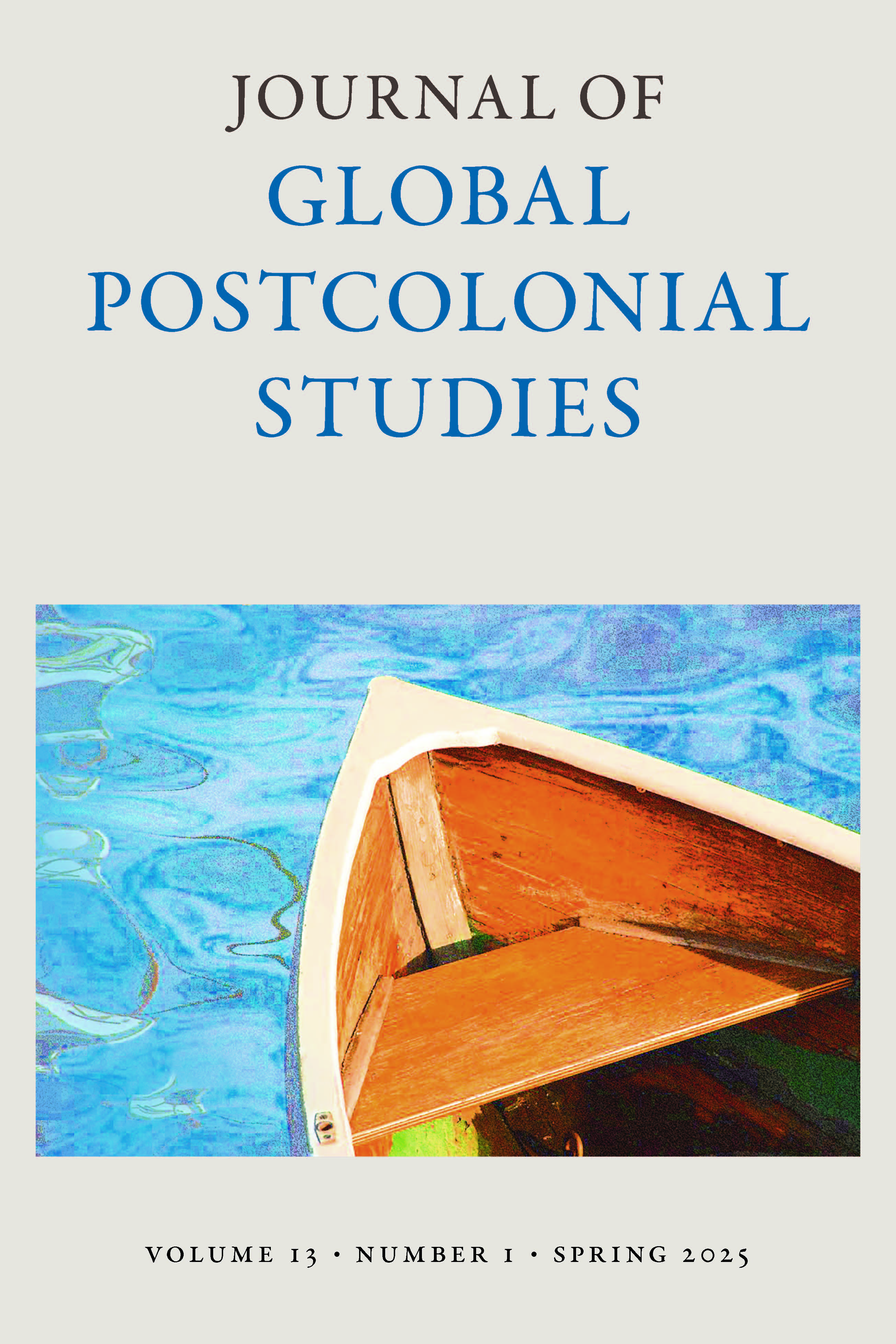The Marginalized as Conservation’s Detritus A Postcolonial Perspective
Main Article Content
Abstract
Colonial rule has had long-lasting impacts on large parts of the world, with direct and indirect transformations brought about in the social fabric and in the management of resources. This article takes a postcolonial perspective to examine this impact in the Indian context and traces the connection between the uneven co-option of social classes into the Western worldview and the marginalization and disregard of certain communities both by policy makers and public consciousness on the whole. It argues that not only were these communities and their traditional way of life disrupted during colonial rule, the gap between them and the elite and powerful social classes after Independence made the situation no better for them. The gaps between social classes in Indian society were further deepened during foreign rule through numerous social, political, and legal interventions. After Independence, the focus of policy makers was on national building and development, and the co-option of these classes in the Western worldview shaped not only their subscription to the models of development and modernity emerging from it, it also created a mental distance from the worldviews and way of life of other classes, with the largest distance between those who were largely left out at the margins and struggled to hold on to deeply held beliefs and traditions. Further, these groups also fell out of the consciousness of the majority of Indians who had to focus on the challenges thrown up in the environment wherein hardly any aspect was left untouched by the deep impact of colonial rule. Thus, the inequities created or exacerbated by
colonial rule were not wiped out by Independence but continued, with the benefits of development and national progress unevenly distributed. What Dipesh Chakrabarty points out about “the deeper predicament produced by both the globalization of capital and the pressures of demography in poorer countries brought about by the unevenness of postcolonial development” that pushes stateless, illegal migrants, guest workers, and asylum seekers into a condition where they struggle for survival (“Postcolonial” 7) also applies to the internally displaced or those who way of life and habitat are threatened by development, modernization, as well as—ironically enough—conservation. Those pushed out to the margins seem to have fallen out of the national narrative and remained of interest only to academics and activists.
This paper focuses on forest and wildlife conservation to contend that the interventions in this domain during colonial rule have had an impact that continued in various ways for decades after Independence due, in part, to the disconnect
between the societal strata that was created or deepened and shaped anew by the forces of colonial subjection. Not only are the elite who shape the path ahead for the ountry disconnected from the marginalized, but the larger public is also insufficiently aware of the inequities meted out to these groups who are often regarded, to use Kevin Bale’s term, as “disposable people” (Nixon 4) in developmental agendas. In correcting this disconnect, scholarly work can be complemented with journalistic writing, nonfiction, and fiction that can take these issues to the larger public. Fiction can play an especially important role in this because of its power of stirring the imagination and evoking empathy through affective identification with human characters.

